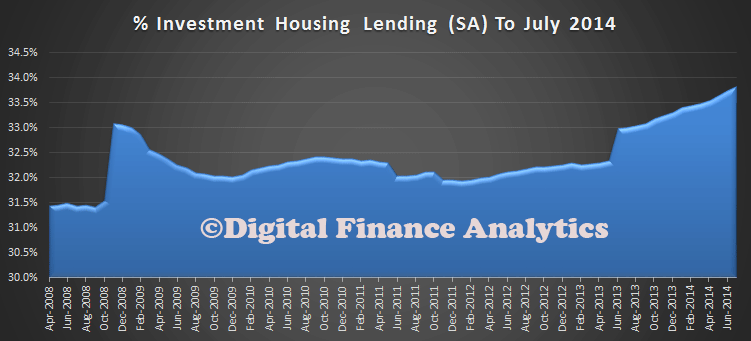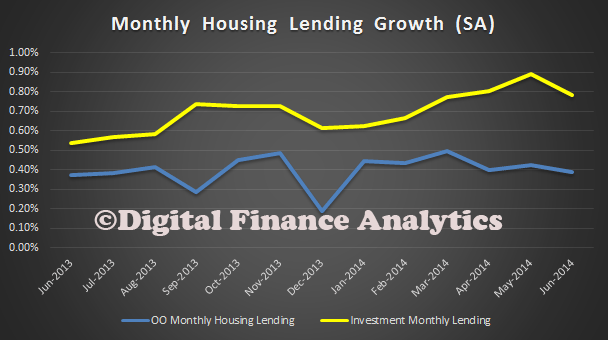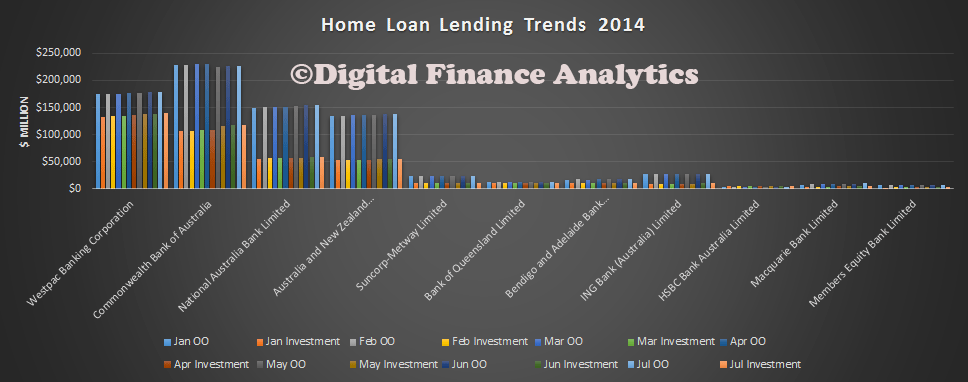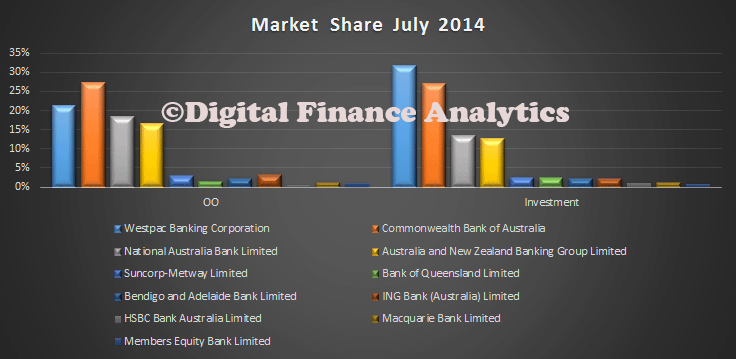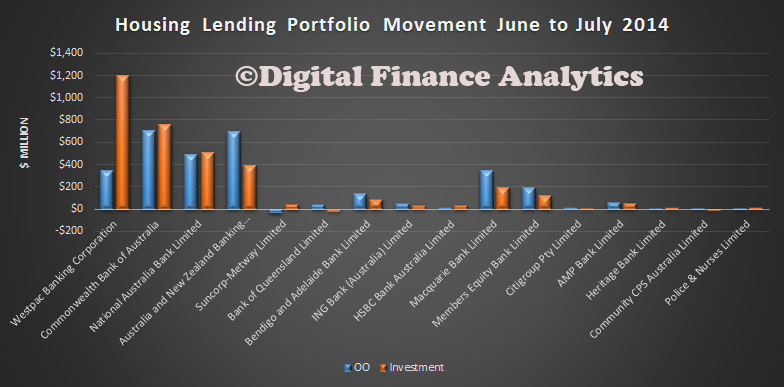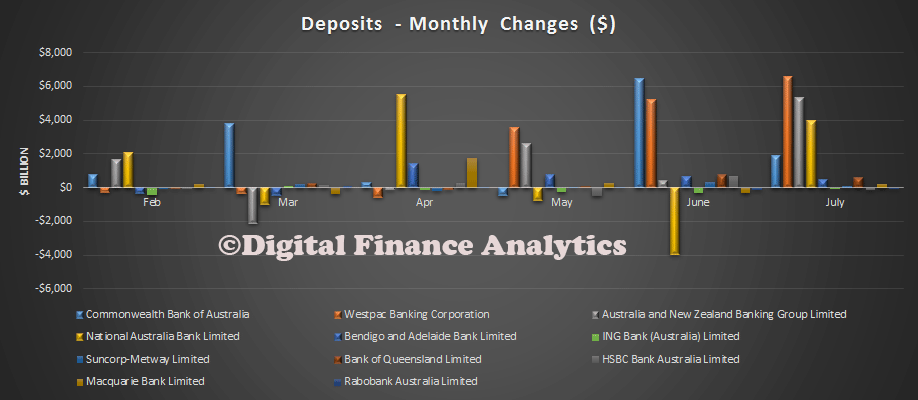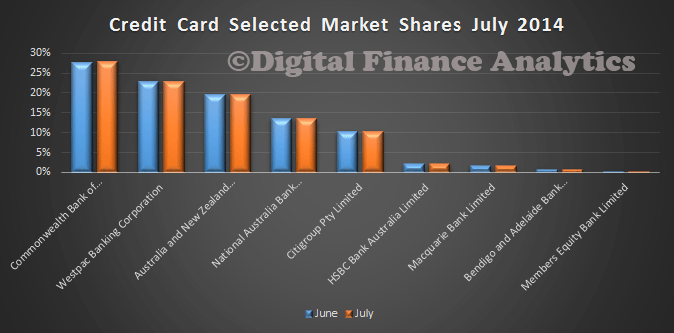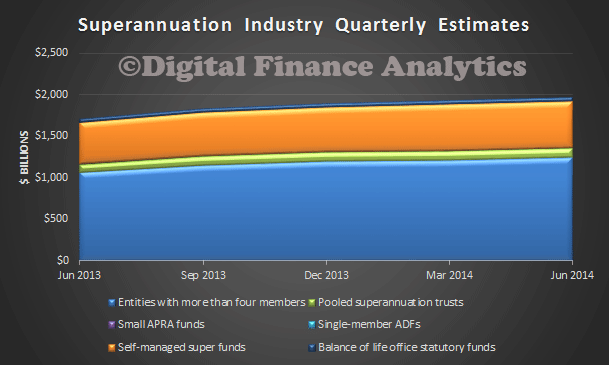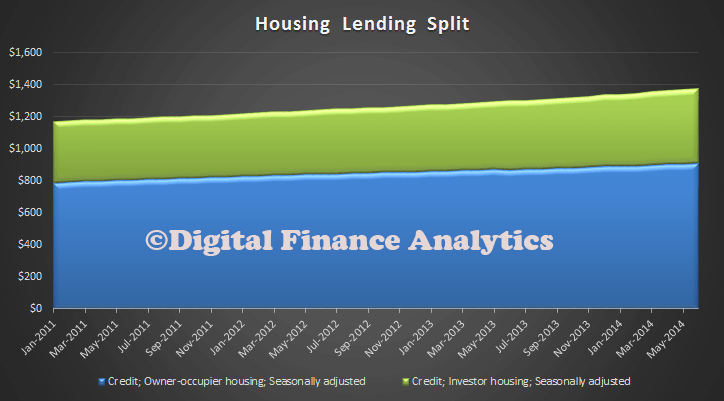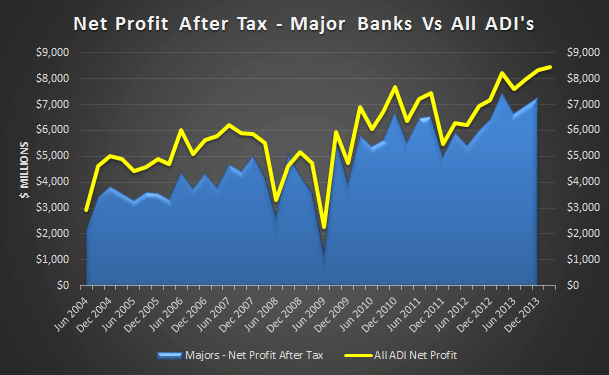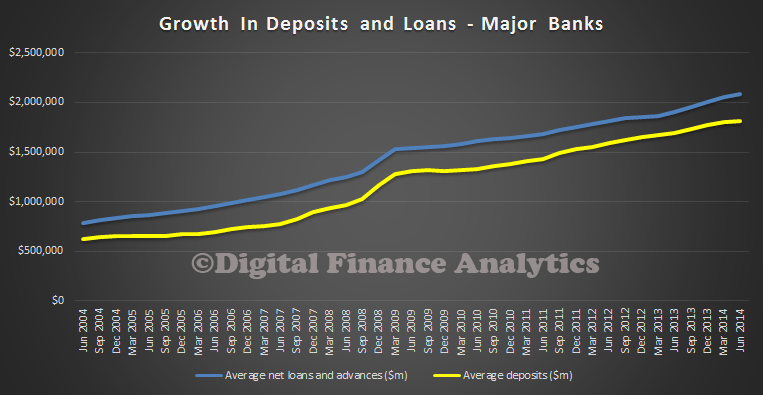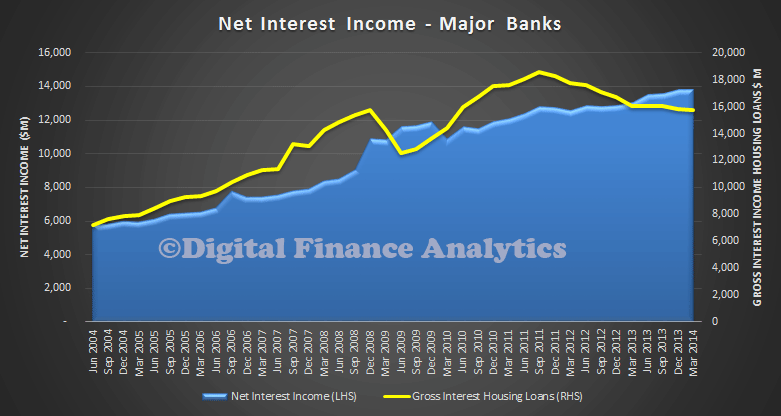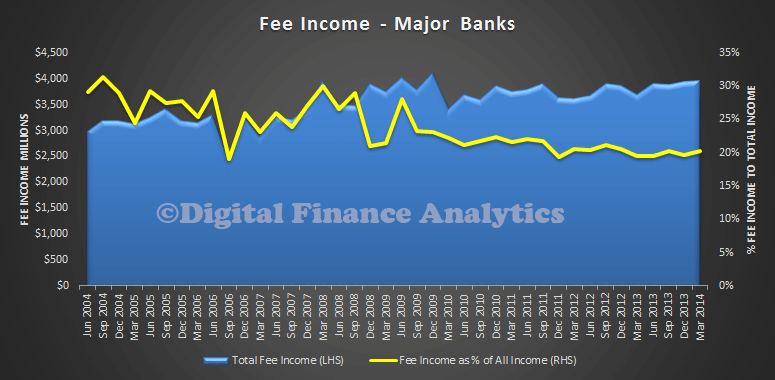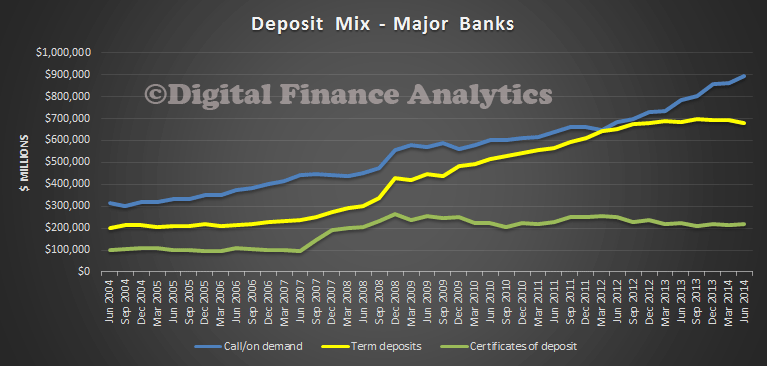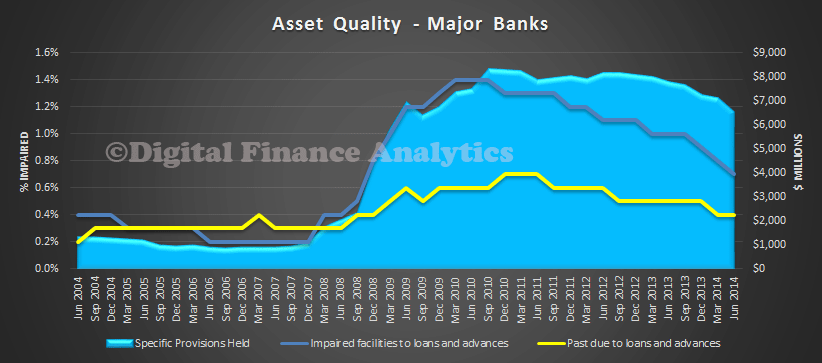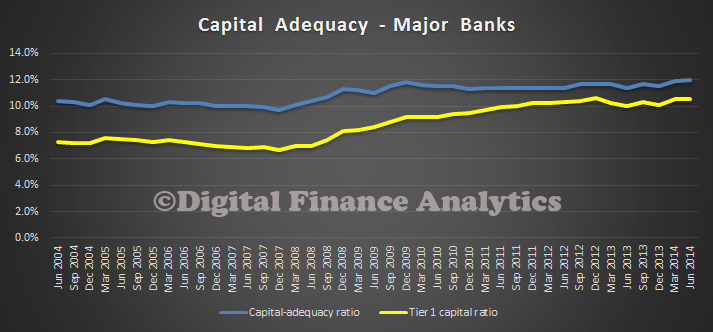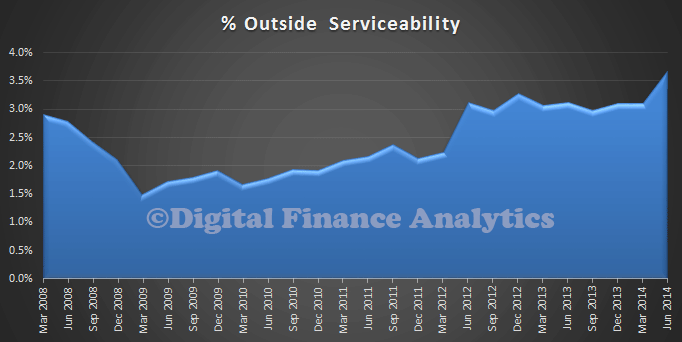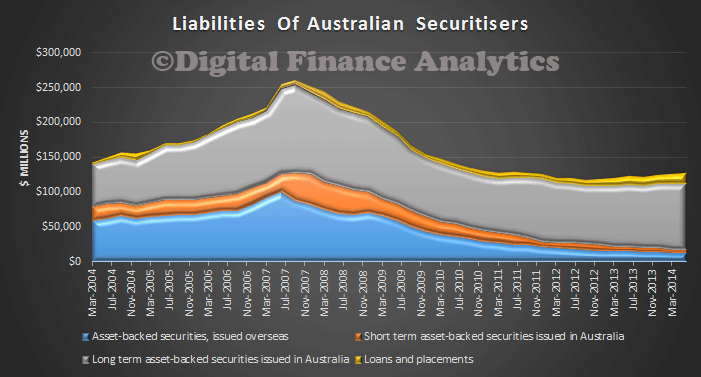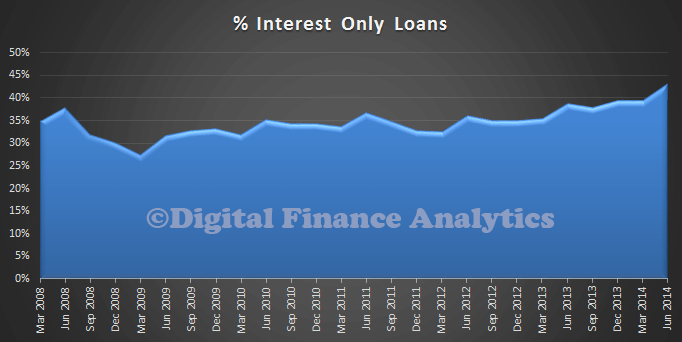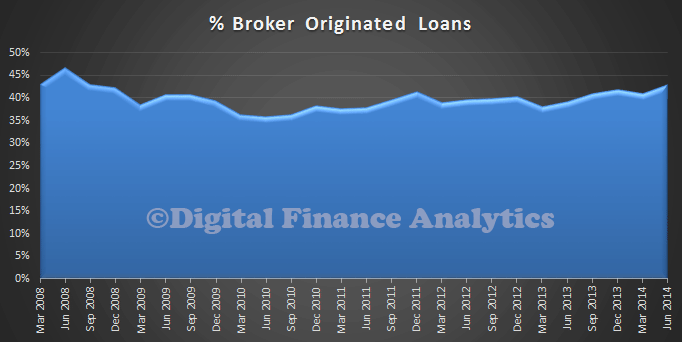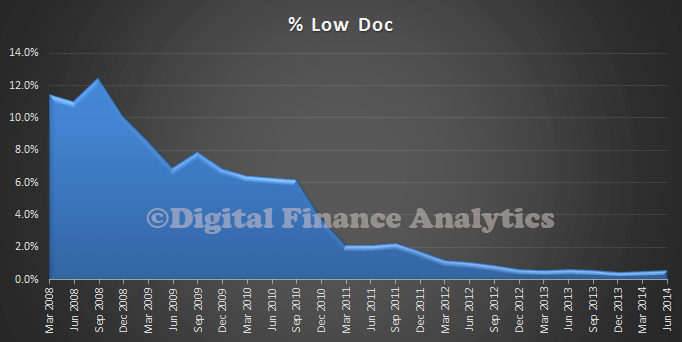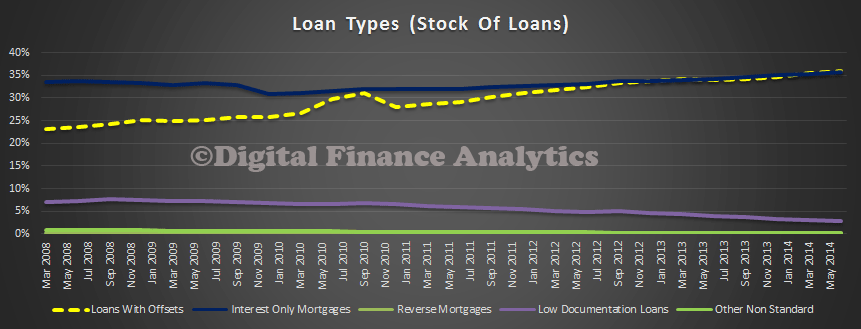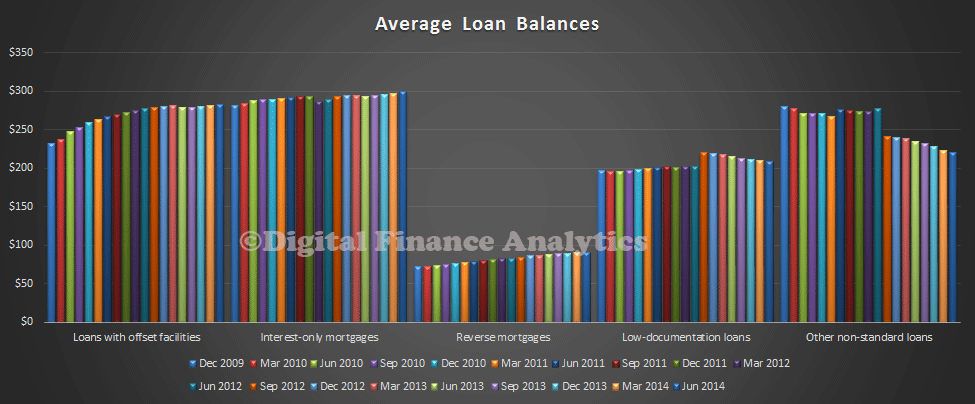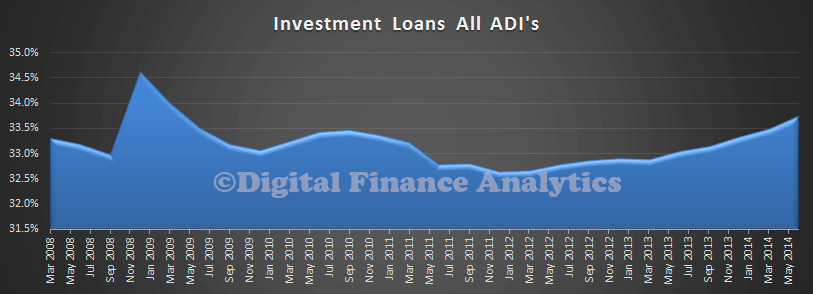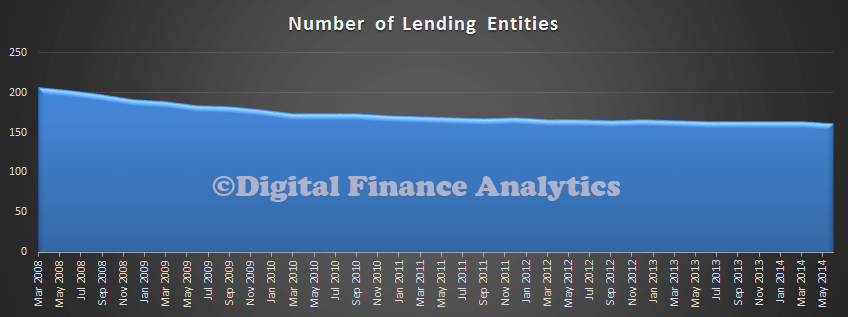Apple’s latest product announcements included some details about their Apple Pay service, which as we highlighted previously is clearly part of an innovation strategy which will potentially have a profound impact on the payments business and consumer behaviour. Whilst initially US based, Apple Pay is something which has potentially broader consequences. To day we outline the main features of Apple Pay, and reflect on the future impact.
Apple Pay will be built into its new iPhone 6, iPhone 6 Plus, and Apple Watch devices to pay for items via Near Field Communications (NFC), which works by transmitting a radio signal between the device and a receiver, when the two are fractions of an inch apart or touching and will also enable online payments as well. Apple’s motivation, as explained by Tim Cook, was to completely change the current old payments technology, and remove the need to own a physical credit card. Apple said it will speed up the check out process, make payments more secure and ultimately replace physical wallets. Volumes and value of mobile payments are set to rise according to market analysts. Here is a summary from the WSJ.
 Here are some of the public comments from Apple:
Here are some of the public comments from Apple:
Gone are the days of searching for your wallet. The wasted moments finding the right card. The swiping and waiting. Now payments happen with a single touch. Apple Pay will change how you pay with breakthrough contactless payment technology and unique security features built right into the devices you have with you every day. So you can use your iPhone 6 or Apple Watch to pay in an easy, secure, and private way.
One touch to pay with Touch ID. Now paying in stores happens in one natural motion — there’s no need to open an app or even wake your display thanks to the innovative Near Field Communication antenna in iPhone 6. To pay, just hold your iPhone near the contactless reader with your finger on Touch ID. You don’t even have to look at the screen to know your payment information was successfully sent. A subtle vibration and beep lets you know.
Double-click to pay and go. You can pay with Apple Watch — just double-click the button below the Digital Crown and hold the face of your Apple Watch near the contactless reader. A gentle pulse and beep confirm that your payment information was sent.
Convenient checkout. On iPhone, you can also use Apple Pay to pay with a single touch in apps. Checking out is as easy as selecting “Apple Pay” and placing your finger on Touch ID.
Passbook already stores your boarding passes, tickets, coupons, and more. Now it can store your credit and debit cards, too. To get started, you can add the credit or debit card from your iTunes account to Passbook by simply entering the card security code.
To add a new card on iPhone, use your iSight camera to instantly capture your card information. Or simply type it in manually. The first card you add automatically becomes your default payment card, but you can go to Passbook any time to pay with a different card or select a new default in Settings.Every time you hand over your credit or debit card to pay, your card number and identity are visible. With Apple Pay, instead of using your actual credit and debit card numbers when you add your card, a unique Device Account Number is assigned, encrypted and securely stored in the Secure Element, a dedicated chip in iPhone and Apple Watch. These numbers are never stored on Apple servers. And when you make a purchase, the Device Account Number alongside a transaction-specific dynamic security code is used to process your payment. So your actual credit or debit card numbers are never shared with merchants or transmitted with payment.
Protect your accounts. Even if you lose your device. If your iPhone is ever lost or stolen, you can use Find My iPhone to quickly put your device in Lost Mode so nothing is accessible, or you can wipe your iPhone clean completely.
Apple doesn’t save your transaction information. With Apple Pay, your payments are private. Apple doesn’t store the details of your transactions so they can’t be tied back to you. Your most recent purchases are kept in Passbook for your convenience, but that’s as far as it goes.
Keep your cards in your wallet. Since you don’t have to show your credit or debit card, you never reveal your name, card number or security code to the cashier when you pay in store. This additional layer of privacy helps ensure that your information stays where it belongs. With you.
Apple Pay works with most of the major credit and debit cards from the top U.S. banks. Just add your participating cards to Passbook and you’ll continue to get all the rewards, benefits, and security of your cards.
Reading further about the service, clearly security is a big focus because instead of storing your card on the phone, Apple Pay creates a dynamic security code. You can add in a new card just by taking an image of it. Touch ID will be used to confirm transactions (fingerprint reading technology) for added security).
Apple Pay will start in the U.S. with Visa, American Express, and Mastercard. As with any e-wallet, the key is getting business to adopt it. Apple has six banks on board and thus far including Bank of America, Capital One Bank, Chase, Citi and Wells Fargo, with more banks later, including Barclaycard, Navy Federal Credit Union, PNC Bank, USAA and U.S. Bank. In terms of merchants, they have named Bloomingdales, Panera, Sephora, Groupon, Subway, Disney, Target, McDonald’s, Whole Foods, Macy’s, and Walgreens. Apple will also accept payments and they will integrate Apple Pay into the Apple ecosystem.
This is Apple’s first foray into NFC payments, in the USA, payments have evolved more slowly than in other countries. For example in Australia, we can use VISA’s PayWave, and Mastercard’s PayPass, collectively known as PayWave. Just touch your card and pay for anything to a limit of $100. Beyond that, you will still need to enter your PIN to confirm the payment. There have been a few phantom payments, and there is a risk of fraud if someone gets hold of your card, but it is highly convenient. In the Apple video about Apple Pay, they suggest existing PayWave devices will be able to handle Apple Pay. The current terminal standards (Ingenico and ViVOPay) are based on global standards and if Apple Pay is compliant to these, no updates to existing systems will be needed.
Consider this, already PayWave looks likely to supplement and even replace the current dedicated smartcards on transport systems like the Oyster card in London, where from mid September, PayWave will be implemented. It could be a simple step to using you phone to pay for trips directly.
There is no word on if and when Apple Pay may arrive in Australia, but the writing is on the wall for a significant shakeup, perhaps. For example, will the NSW Transport Opal transport card now be subsumed? But the real insight is the integration of consumer data, merchant data and the rest, as we highlighted in out earlier post the payments revolution around the corner.

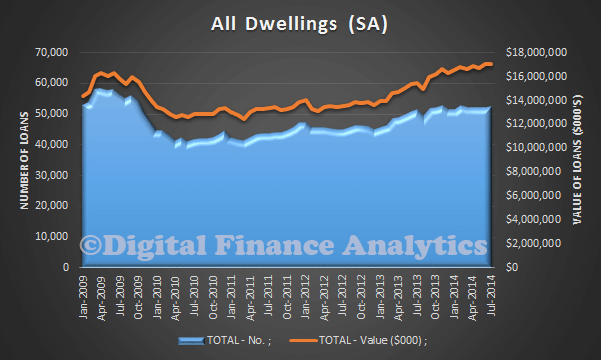
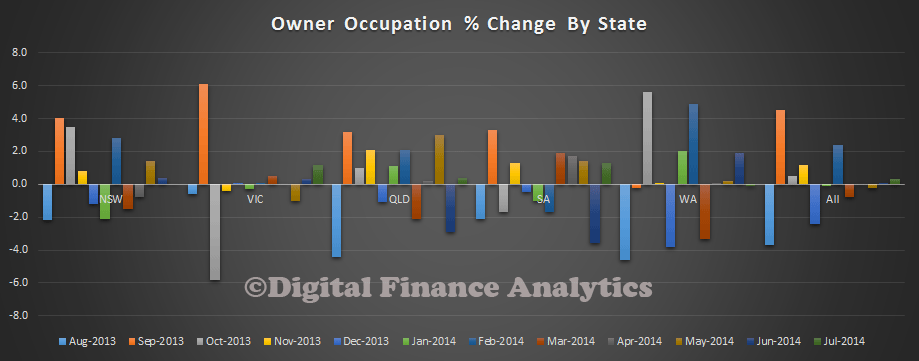
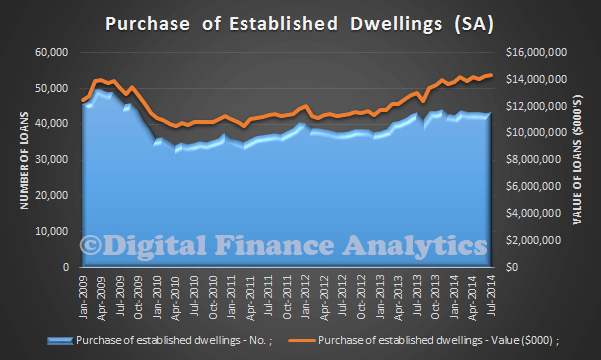
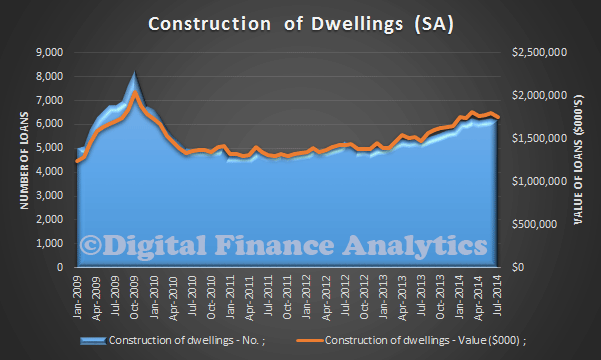

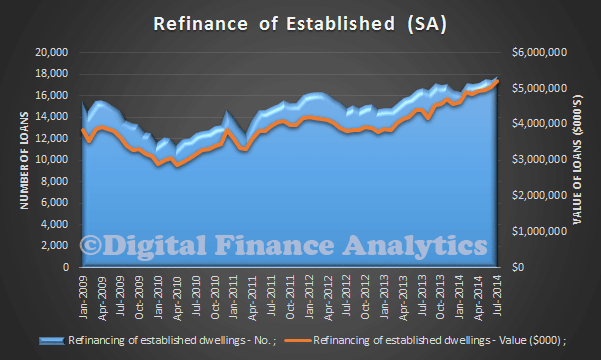
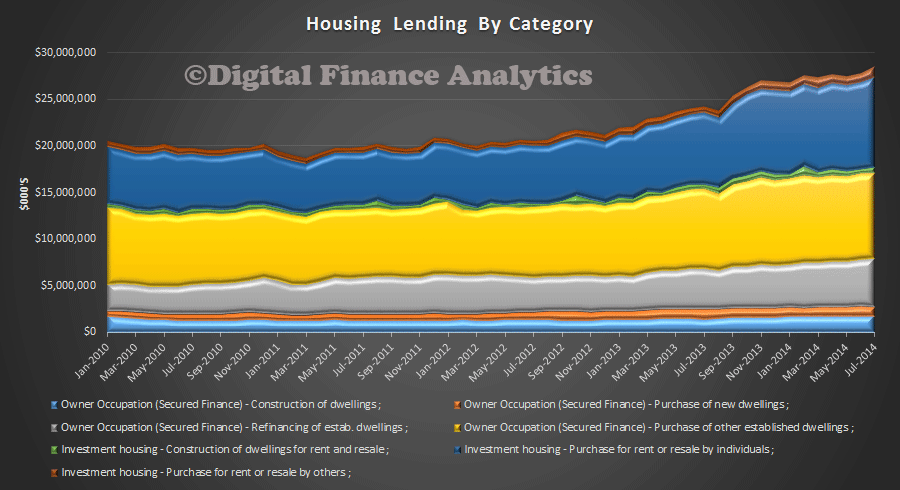
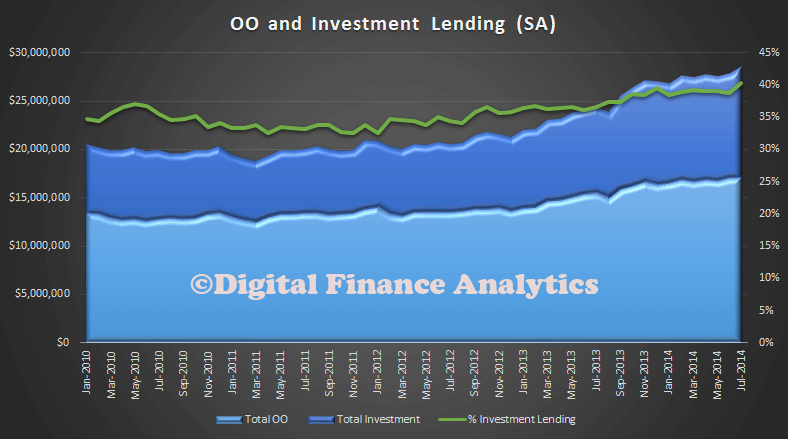
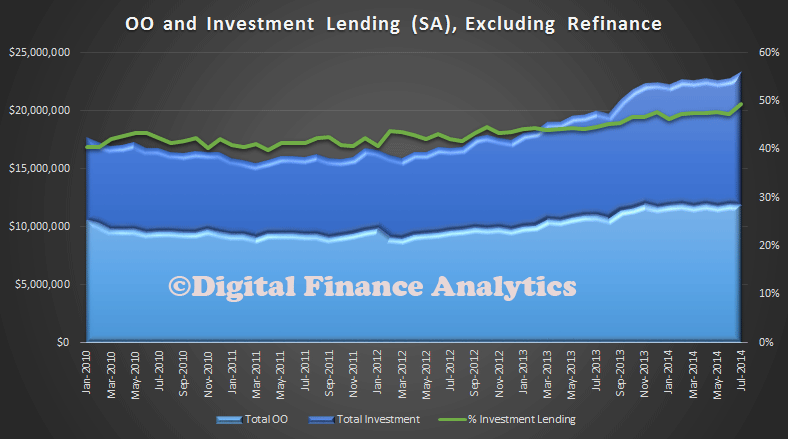

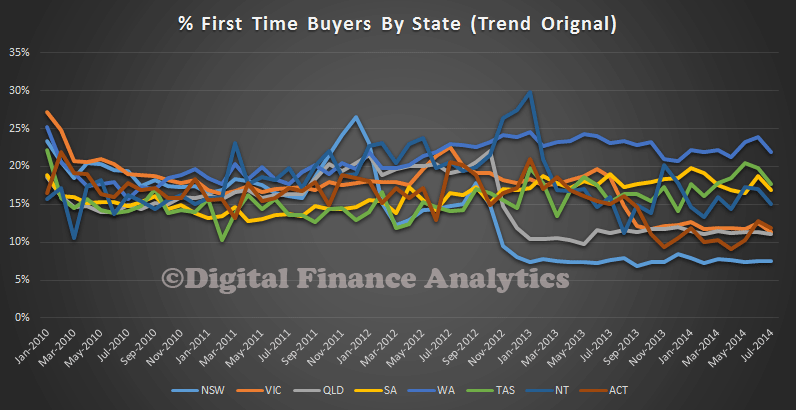
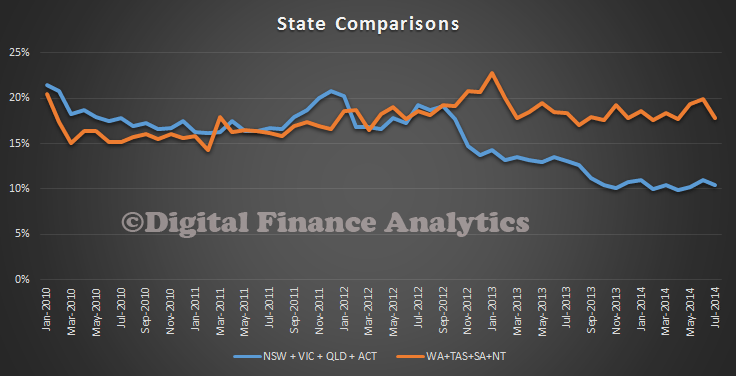
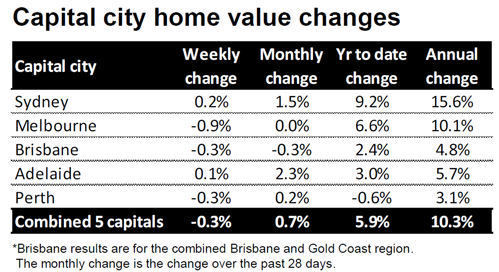
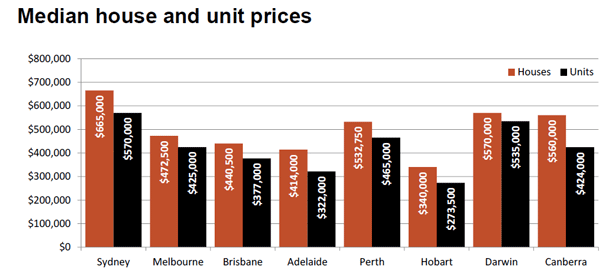
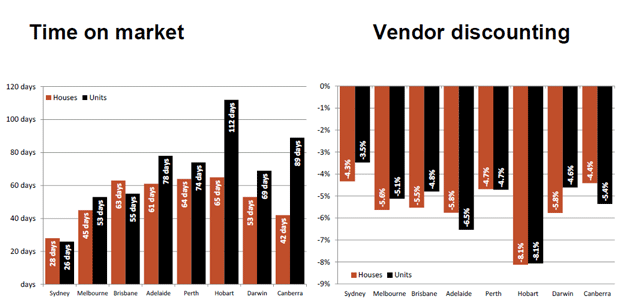
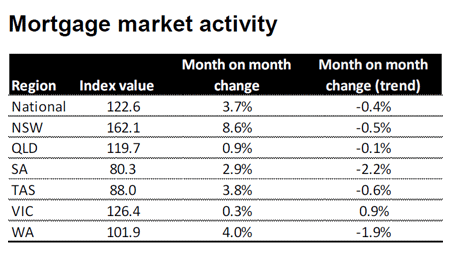
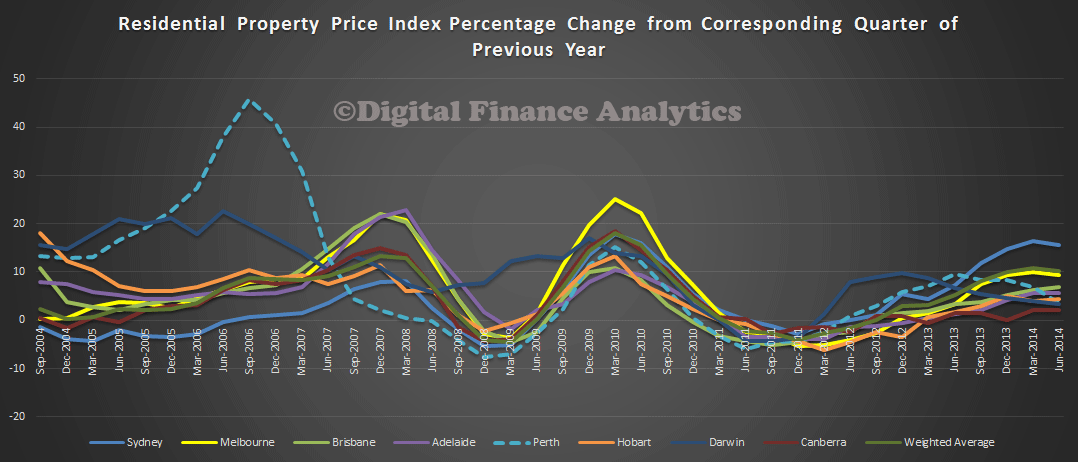
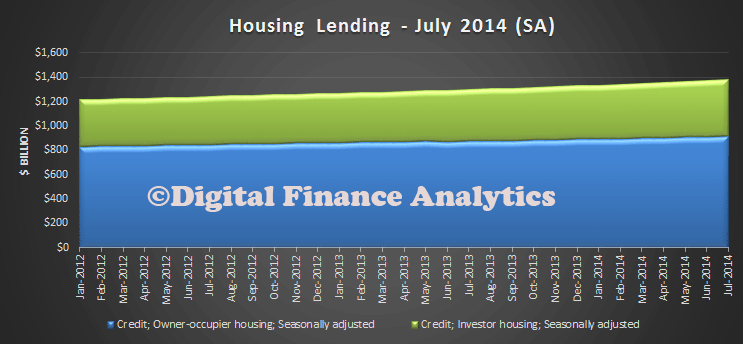 The proportion of Investment loans from ADI’s rose again to 34.9% of all their housing loans, the largest monthly share ever. From an overall market perspective, a little below 34% of all loans written were for investment purposes.
The proportion of Investment loans from ADI’s rose again to 34.9% of all their housing loans, the largest monthly share ever. From an overall market perspective, a little below 34% of all loans written were for investment purposes.